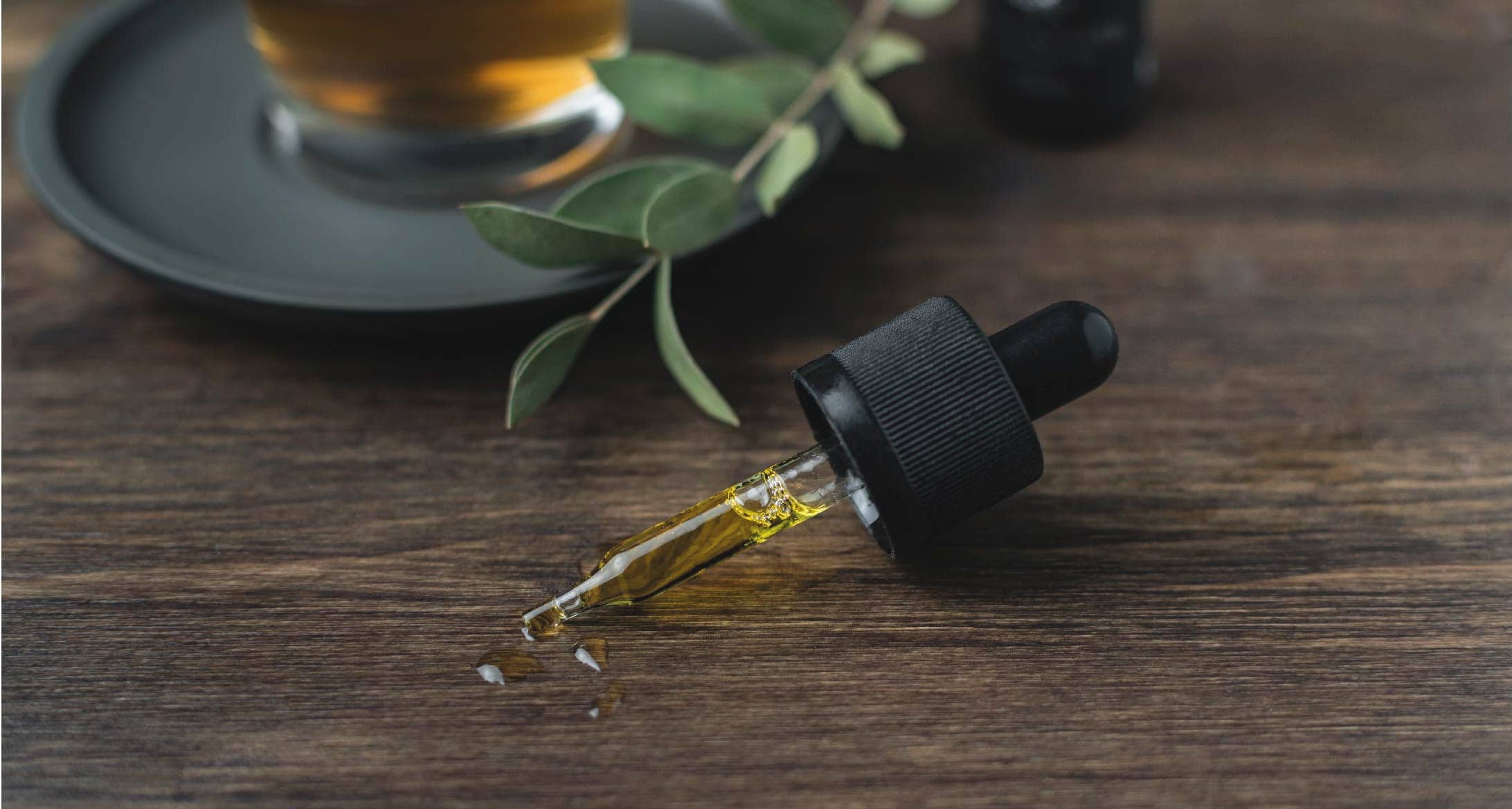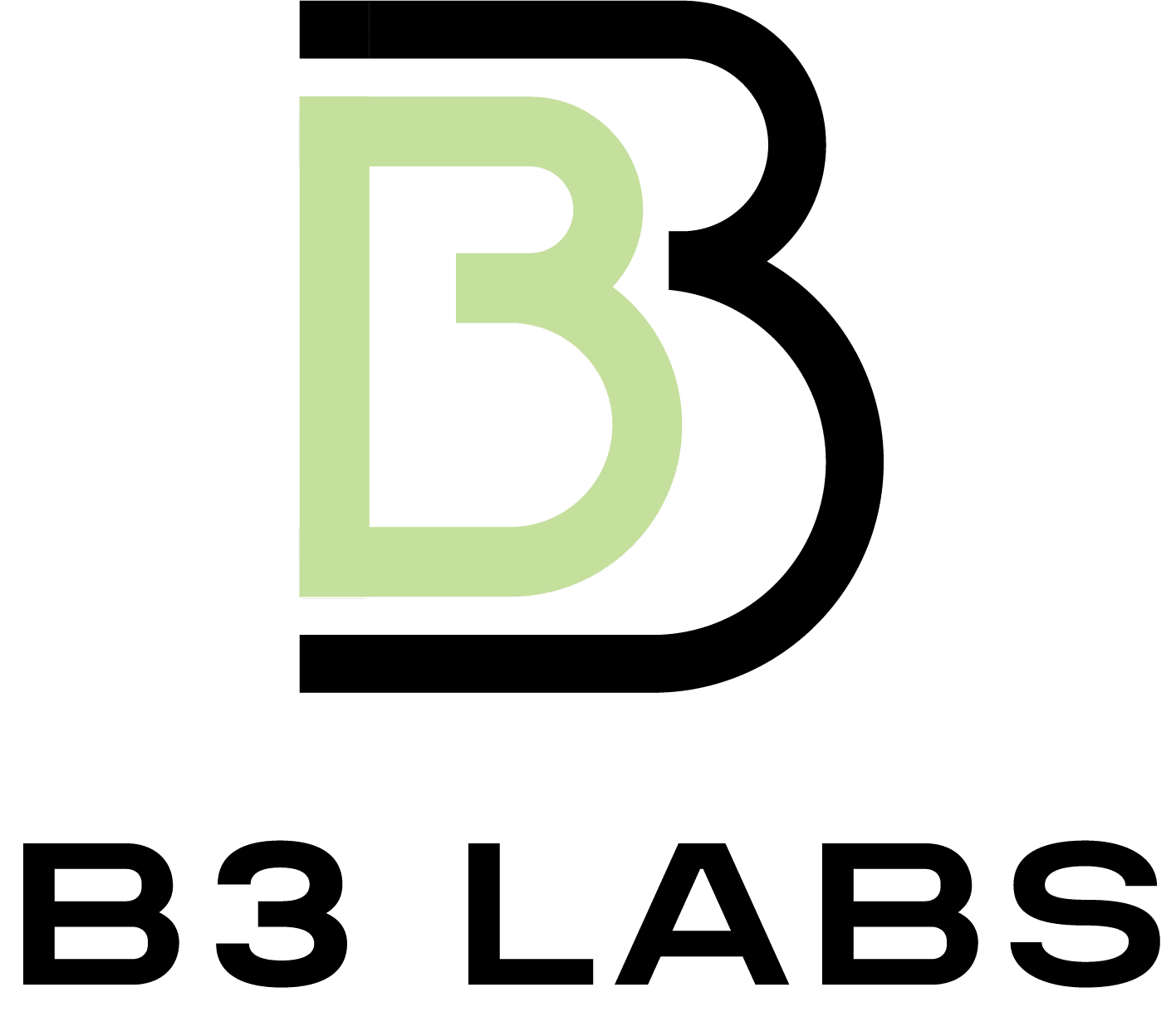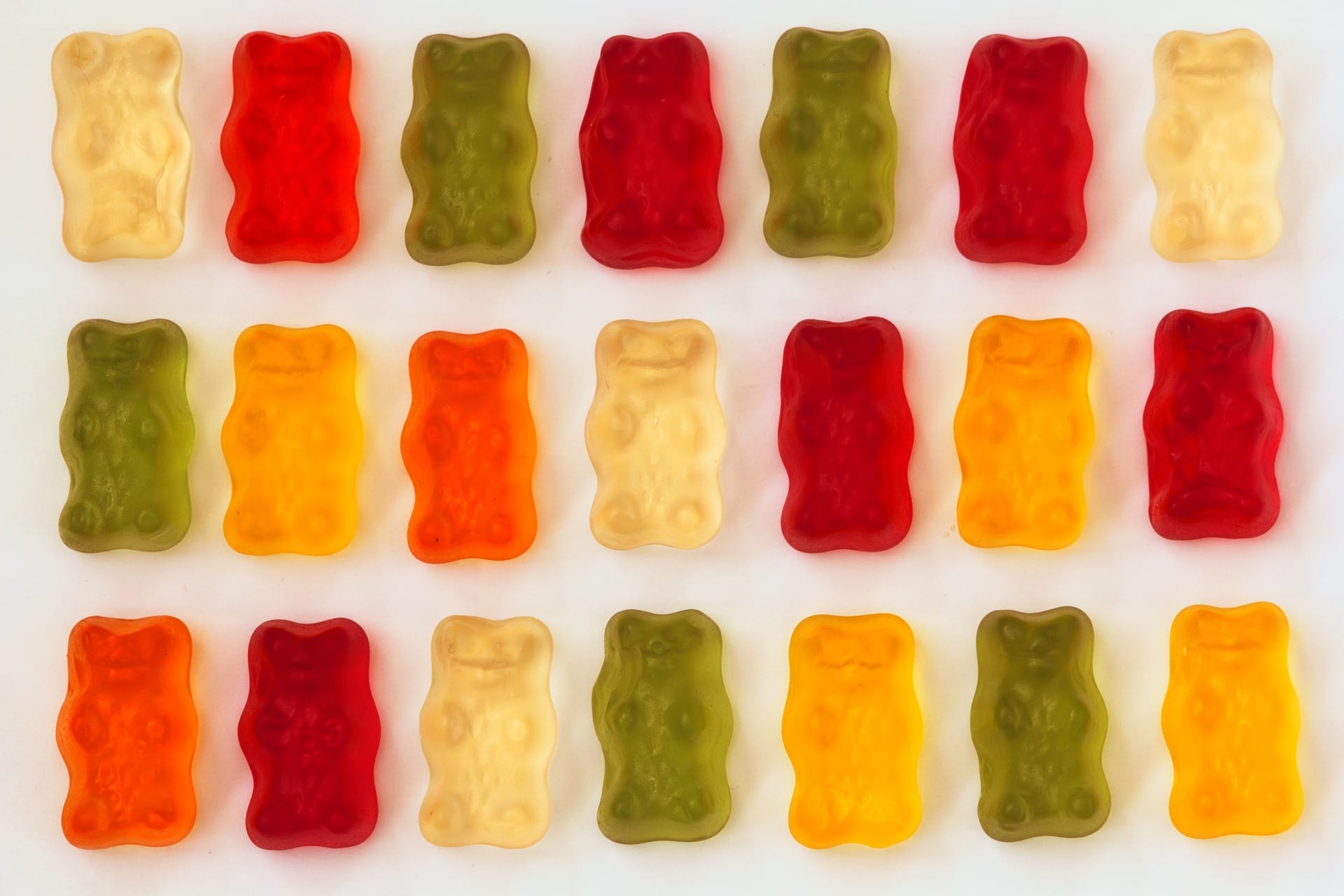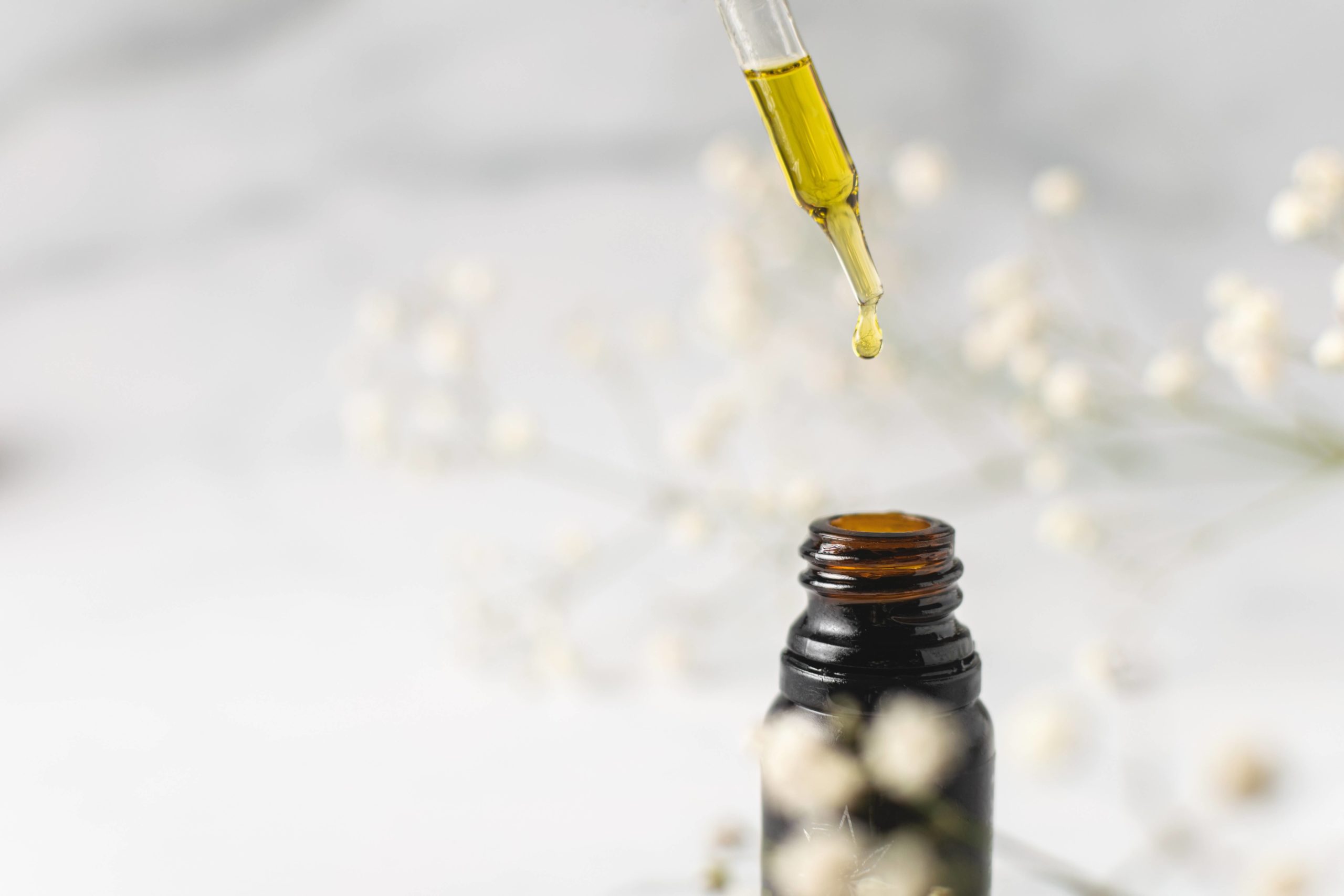We are often asked about the Novel Foods regulation and what it means for launching…

How is CBD Oil Made?
You’ve probably heard a lot about CBD in recent years, but have you ever wondered what it actually is, and how it’s made? In this article we take you through what CBD is, and how CBD oil is made, because, it’s probably not what you think…
What is CBD?
CBD, or cannabidiol, is a compound of cannabis, usually derived from the hemp plant. Not to be confused with THC from marijuana, CBD is not psychoactive and will not intoxicate a person, or develop an addiction. Providing that CBD products contain less than 0.2% THC, they are currently legal in the UK.
Manufacturers blend CBD with herbs, botanicals, terpenes and flavourings to create CBD products that have intentional efficacy and, in some cases, can closely replicate the effects of what you would usually associate with cannabis use.
How is CBD Extracted?
CBD is derived from the hemp plant, and is extracted from its flowers. There are various extraction methods, ranging from at-home methods such as oil extraction, to more common manufacturing methods of CBD extraction like CO2 extraction, and ethanol extraction.
How is CBD Oil Made?
Extracted CBD isn’t a finished product, there are several steps, before and after extraction, that CBD manufacturers take to make quality CBD oil that complies with government regulation.
Planting
The first step in making CBD oil is planting and raising the hemp plant. Hemp is a good plant for farmers to grow, regardless of CBD, as they can be planted quite close together (meaning that more can be planted), and it also grows fairly quickly, sprouting up in around 60 days. It is also a great natural fertiliser due to its high quantities of biomass, putting nutrients back into the ground ready for the next crop.
Harvesting
Depending on the climate of where it’s grown, the hemp plant will often be harvested in autumn, around October. But, in the UK before it can be harvested, a small sample must be taken to ensure that the crop contains less than 0.2% THC, to comply with UK law.
Once harvested, the hemp flowers are cured, or dried out, for 3-4 weeks before being stripped from the plant, and shipped to manufacturers for extraction.
Extracting CBD from the dried hemp flower
Once the manufacturer has received the harvested hemp flowers, they will remove the CBD extract from the flowers through a number of steps followed by remediation of any controlled substances to turn it into a usable form for ingestion or application.
Whilst different extraction methods result in slightly different end results, the raw CBD extract will usually have a thick, oily texture and will be dark in colour.
CO2 extraction
One of the most common CBD extraction methods is carbon dioxide extraction. The machinery required for this method can be expensive, and the process is usually slower than other methods, but it is easier for manufacturers to scale as the system can be controlled by computers.
Ethanol extraction
Ethanol extraction is much quicker and cheaper than CO2 extraction, and is far more energy efficient. However, it is much harder to control and fine tune as the ethanol also extracts chlorophyll from the plant, meaning that the initial CBD extract requires further processing before it can be combined with oils and flavourings.
Cold press extraction
Cold press extraction of CBD is a less common method than CO2 or ethanol extraction, however it is on the rise. This method involved passing the hemp flowers through a press with high pressure, but at relatively low temperatures. Cold pressing is a less volatile method of CBD extraction, and also means that more of the plant’s original vitamins, omegas and other nutrients are included in the finished product.
In all of these methods, the extracted CBD is ready to use in full-spectrum products after this initial extraction, however, if the final CBD product needs to be broad-spectrum, or made from a CBD isolate, further refinement would be required.
Extract added to carrier oil
After the CBD extract has been removed from the hemp flowers, and any further processing has been carried out, it then needs to be added to a carrier oil. This dilutes the extract down to the required concentration, and also affects the taste and texture of the final product. It’s at this stage that any flavourings and additional compounds are added to create the intended product.
Testing & packaging
Once the CBD extract, flavourings, and other additions have been added to the carrier oil, it’s time for product testing and packaging. CBD oils are thoroughly tested for both quality control, and to ensure that they comply with government regulations. White Label CBD Oil at B3 Labs. B3 labs only uses ISO 17025 facilities with accredited analytical methods and appropriate limits of quantification in order to show a true figure for buth CBD concentration and controlled substance levels.
White Label CBD Oil at B3 Labs
B3 Labs offers premium white label CBD products in a range of formulations, from tinctures, to vape cartridges, e-liquids, and CBD gummies. Years of research have gone into our unique CBD blends to produce products that demonstrate a fine balance between great flavour and intentional efficacy. Get in touch today to learn more about our white label service.



